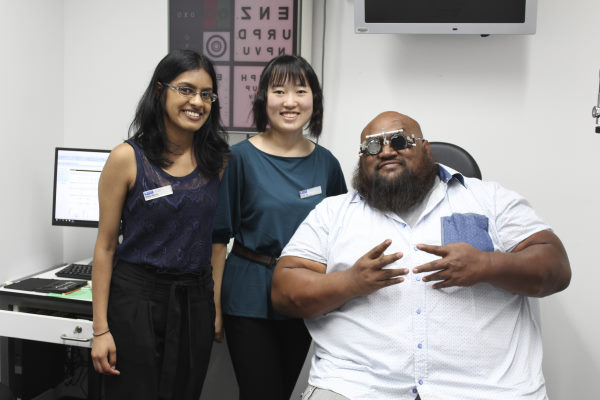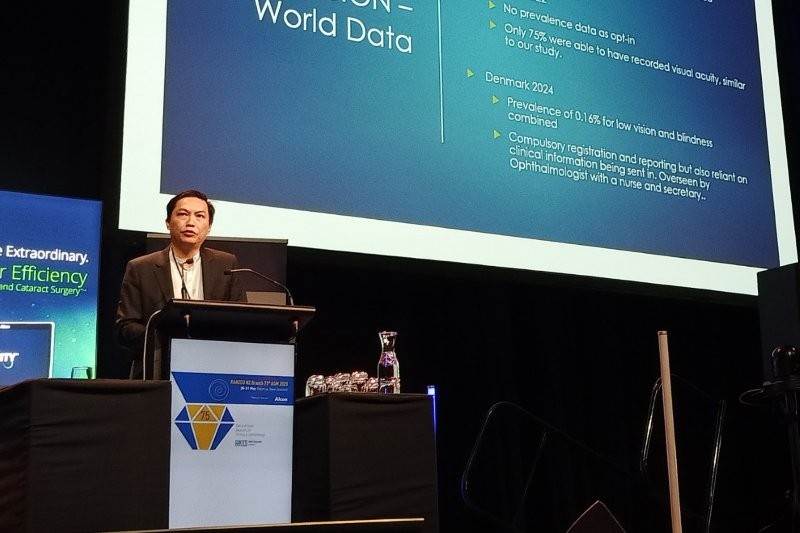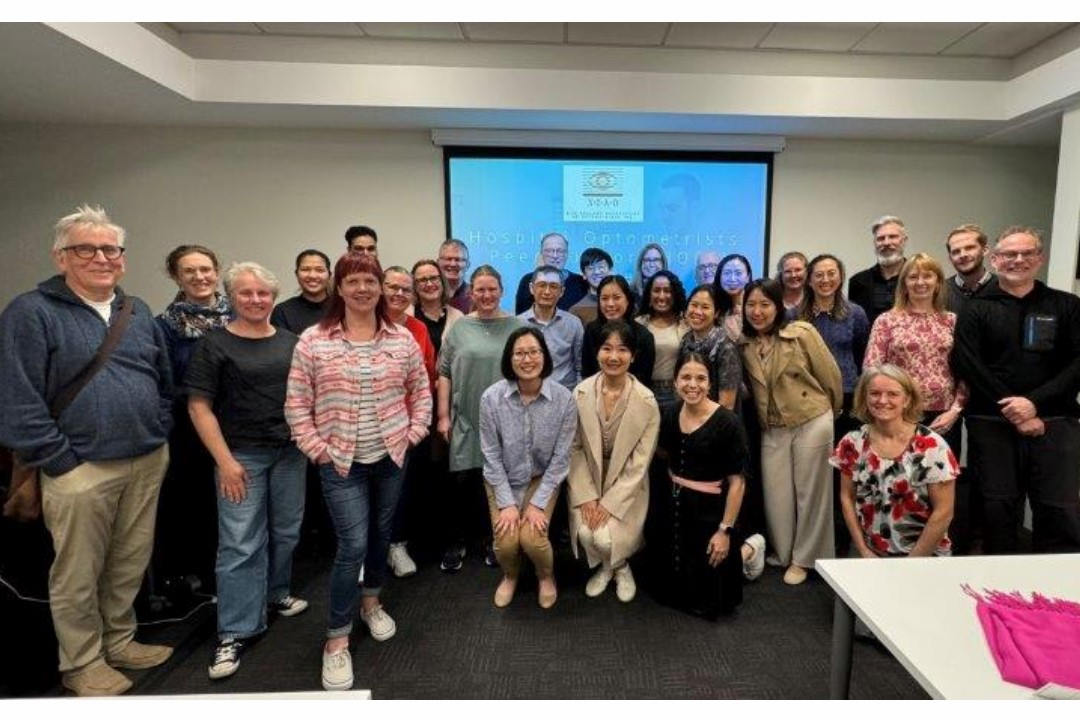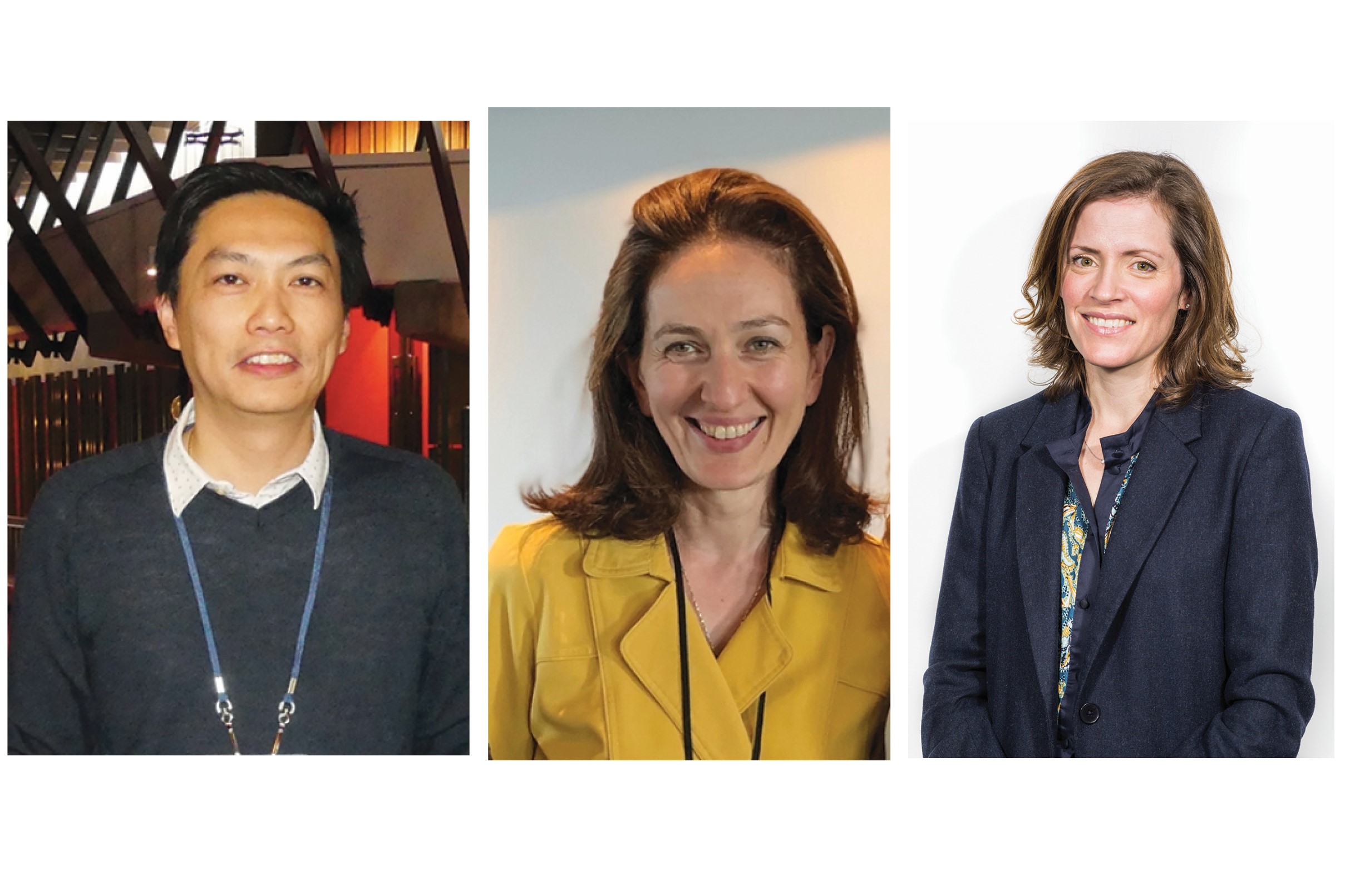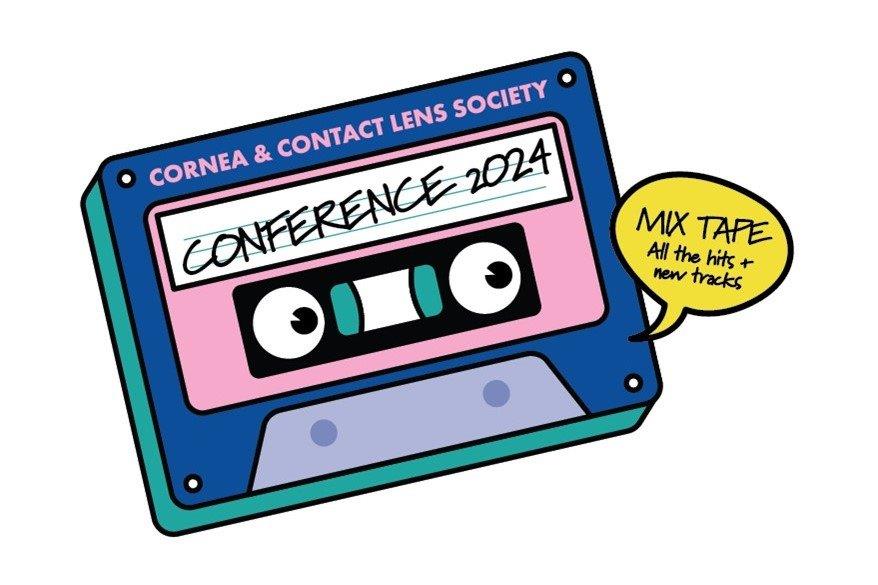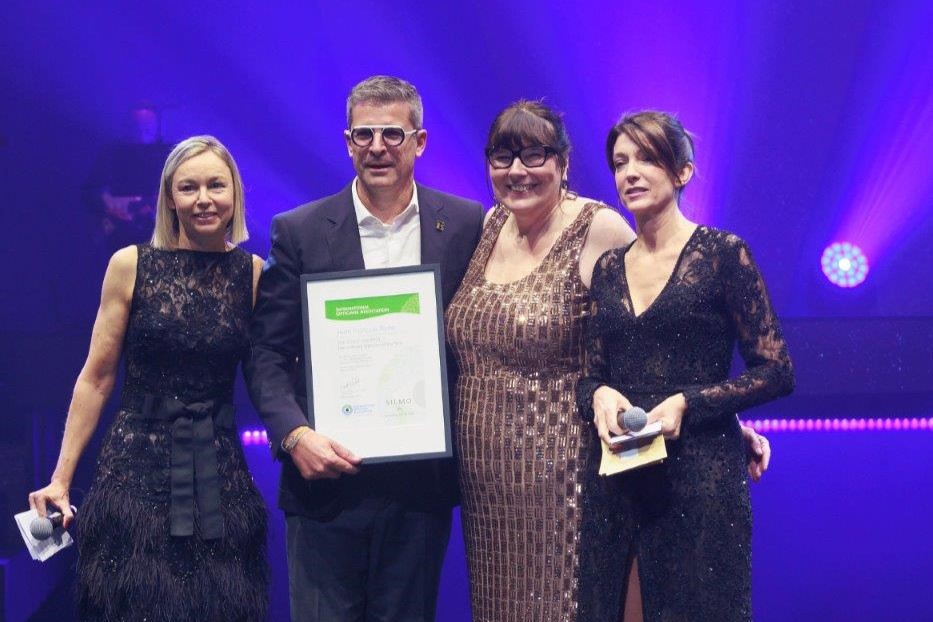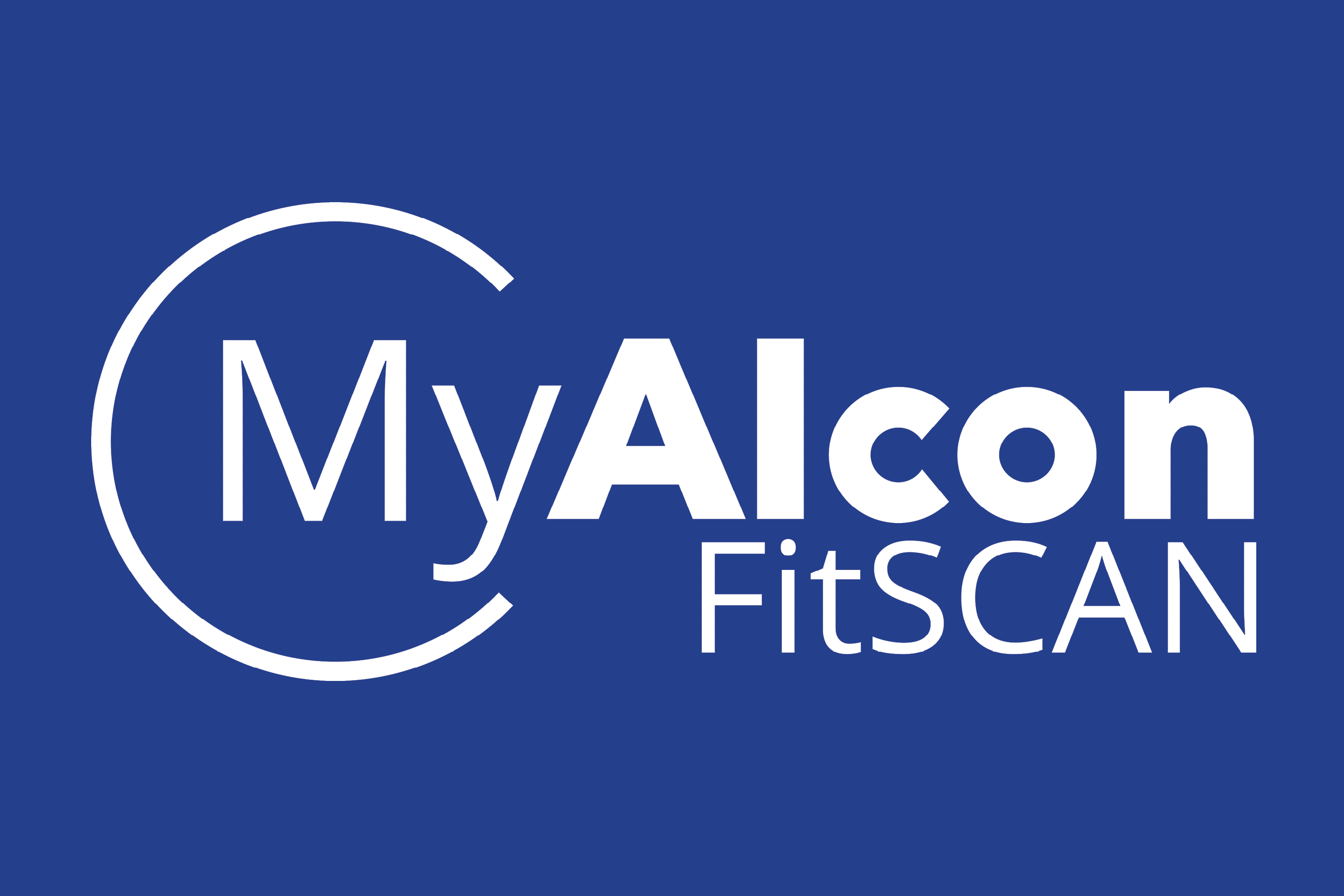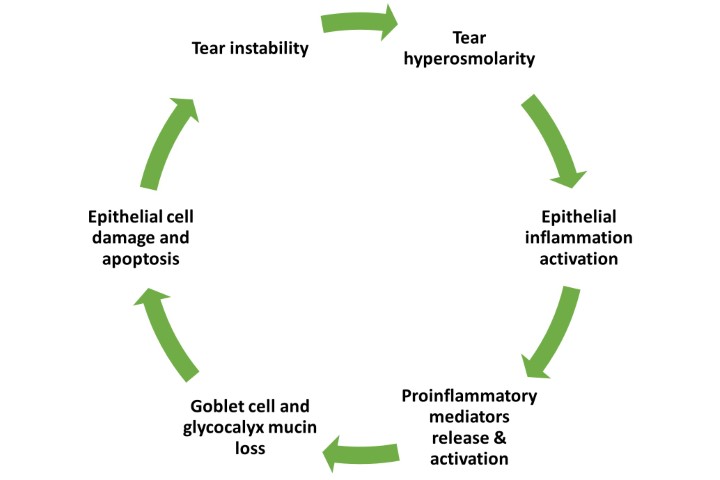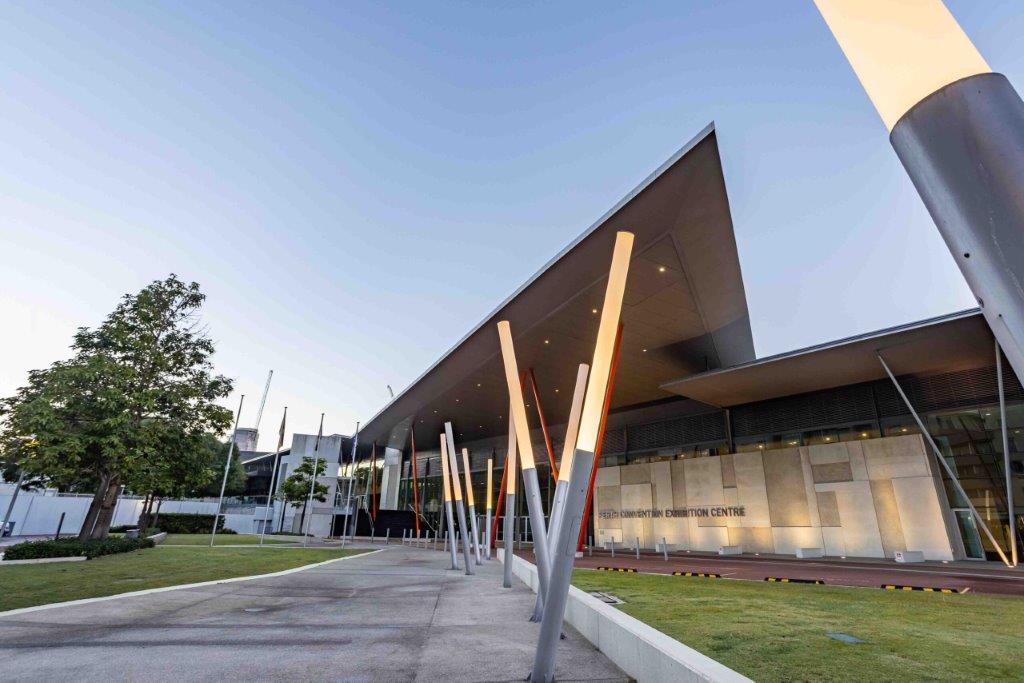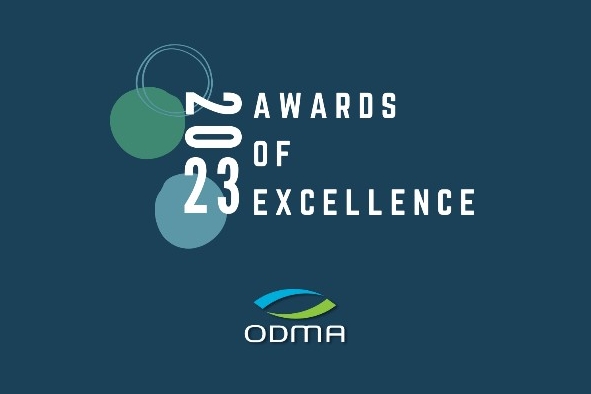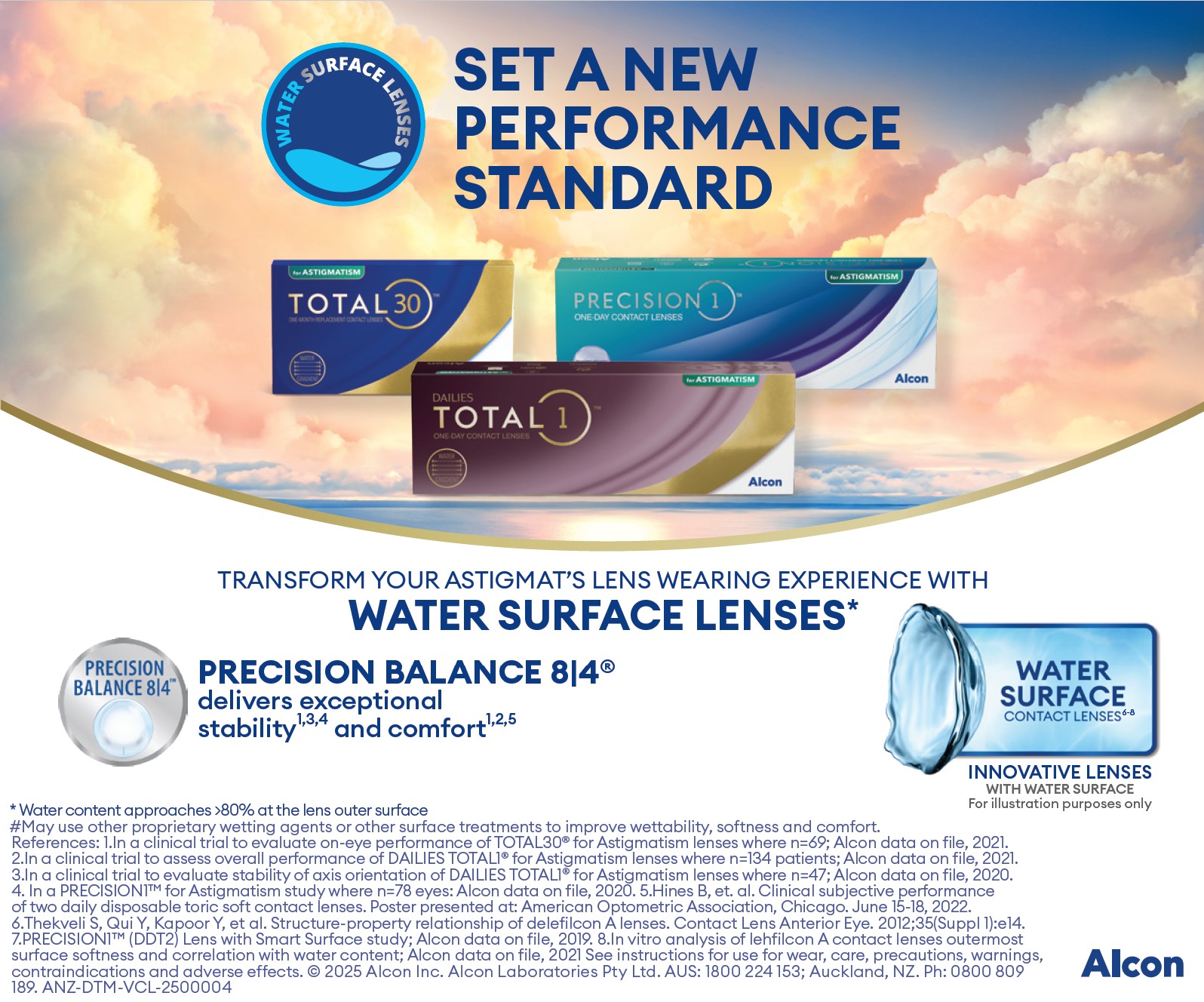Getting to grips with low vision
Auckland university’s School of Optometry and Vision Science (SOVS) held its annual Low Vision Day on 7 March 2019. The day is designed for final year (part five) optometry students to gain valuable hands on experience working with low vision patients to increase our knowledge and awareness of the difficulties people with vision impairments face and to enhance our low vision examination skills. Some speakers and workshop instructors had flown in specially to attend the event, so we were all very excited to see what was in store.
The morning started off with speakers from the Blind and Low Vision Education Network New Zealand (BLENNZ) who discussed the education systems they provide and shared the amazing work they do to make sure all young New Zealanders with low vision are given support to enhance their learning in schools and the community. It really made us reflect and appreciate living in a country where we have government-funded organisations with the sole purpose of making sure people can live fulfilling lives despite setbacks as serious as permanent visual impairment.
Students were then split into groups to attend different workshops. The Blind Foundation’s adaptive technology instructors helped us trial different low vision aids, including those we had used before in clinic and new devices such as Amazon’s Alexa and Ok Google. These artificial intelligence (AI) devices help bridge the gap between advanced technology and the use of information online. For example, using these technology tools, low vision patients can get help with things as simple as bus timetables or step-by-step recipes. It was particularly interesting to see just how fast this area is changing and adapting. These AI devices weren’t even on the market when we started our degree!
We learnt about the necessity of understanding people’s lifestyles to tailor aids to suit their specific needs. One example was a writer who had difficulty seeing her keyboard, so she was shown how to use a Google Chrome extension where she could speak and her computer would convert her speech into written text. We were also taught how important an optometrists’ role is as a primary care provider for patients with low vision, as we are often the first people these patients meet on their journey.
In another workshop, the Blind Foundation’s orientation and mobility instructors showed us how to correctly guide a low vision patient. We were taught the importance of introducing ourselves, asking the person if they needed assistance and then gently tapping the back of our hand against their forearm so they could hold you, as opposed to you holding and leading them. To gain real insight, we took turns being blindfolded and led by each other through narrow corridors, stairs and even lifts. I didn’t realise how scared and uncertain you feel while being led by someone, even if you inherently trust them. This really taught us the importance of clear communication and using the correct techniques.
Another highlight of the day was the interactive discussion with a panel of people with low vision due to retinitis pigmentosa, Leber’s and a former optometrist with normal tension glaucoma. Students asked questions anonymously to ensure a frank discussion on a wide array of areas, including if they dreamed with full vision? The answer: they do, but have noticed they also have some dreams in which they’re visually impaired. And how males “aim” in the bathroom? Answer: by being careful and muscle memory. The discussion was full of laughs with lots of valuable information shared that we wouldn’t otherwise have had the chance to discuss.
We ended the day by refining our refraction techniques on patients with low vision. We had practised these techniques on classmates with “induced low vision” – for example, by putting bubble wrap on our lenses – but it was a completely different experience refracting those who actually had visual impairment. My group even got to see a patient use eccentric fixation for the first time.
All in all, the 2019 Low Vision Day was an extremely helpful and insightful experience. We learnt so much and it left us feeling better equipped not only for work in a clinical setting but also in understanding people living with visual impairment.
Simran Kaur is current president of the NZ Optometry Student Society (NZOSS).








